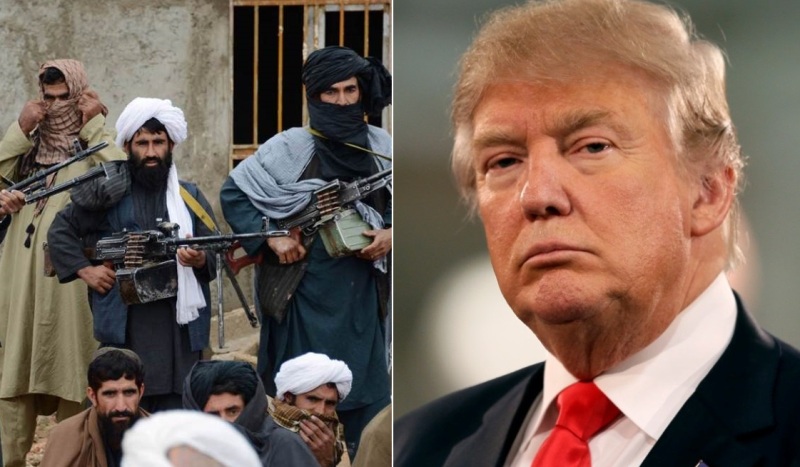
US President Donald Trump unveiled his policy for Afghanistan on August 21, in his first speech on the subject.
First, the speech defined the strategic principle of his Afghan policy as “principled realism”, which means the new strategy is a shift from a time-based approach to one based on conditions. Trump said that the United States had spent 16 years in Afghanistan with huge costs in manpower and material resources, whilst gaining little, and that this was unacceptable. Trump stressed that the United States could not easily withdraw troops from Afghanistan, because “a hasty withdrawal would create a vacuum that terrorists, including ISIS and al Qaeda, would instantly fill”. Whilst Trump doesn’t want American forces to remain in Afghanistan for long, he recognizes why that might be necessary. He made it clear that the first US core interest in Afghanistan was to “seek an honorable and enduring outcome worthy of the tremendous sacrifices that have been made, especially the sacrifices of lives”.
Second, it clarified the strategic objectives of his Afghan policy. Trump said that “[v]ictory will have a clear definition: attacking our enemies, obliterating ISIS, crushing Al-Qaeda, preventing the Taliban from taking over Afghanistan, and stopping mass terror attacks against America before they emerge.” This means US strategic objectives consist of both defeating the terrorists and preventing large-scale terrorist attacks on the United States and ensuring the Afghanistan doesn’t fall into the hands of the Taliban. Although Trump claimed that Afghan nation building was not the priority of US foreign policy, the establishment of a capable Afghan government friendly to the US is the desired outcome.
Third, it means a larger role for the military. He declared that whilst “[m]ilitary power alone will not bring peace to Afghanistan or stop the terrorist threat arising in that country…strategically applied force aims to create the conditions for a political process to achieve a lasting peace”. Trump has already lifted restrictions the previous administration placed on soldiers, enabling them to fully and swiftly engage with the enemy.
Fourth, it attached importance to the role of allies and partners, and called for them to assume more financial responsibilities. This time, the United States made India its main focus. Trump said that whilst “[w]e appreciate India’s important contributions to stability in Afghanistan…India makes billions of dollars in trade with the United States, and we want them to help us more with Afghanistan, especially in the area of economic assistance and development”. In addition, the US also required its NATO allies and global partners to support the new strategy with additional troop and funding increases.
Fifth, it deemphasized democratization. Trump stressed more than once that democracy building in other countries was not worthwhile. The Trump administration doesn’t see regime change or nation reconstruction as an important goal. He said:“We will no longer use American military might to construct democracies in faraway lands, or try to rebuild other countries in our own image. Those days are now over.” Trump shows less enthusiasm for democratization than previous American presidents.
Trump’s speech sparked controversy both at home and abroad. India welcomed the new Afghan strategy, while Pakistan showed strong dissatisfaction. Pakistani Foreign Minister Khawaja Asif said that the US “should not make Pakistan a scapegoat for their failures in Afghanistan”.
The new strategy stirred up different reactions at home, showing a clear partisan divide. Republicans welcomed it. Senator John McCain praised Trump’s new strategy, saying he believed that “the President is now moving us well beyond the prior administration’s failed strategy of merely postponing defeat.” Most Republicans applauded the decision to avoid a timetable for withdrawing troops. But Democrats criticized it as a speech devoid of substance. Particularly, they disagreed with the policy of increasing troop levels without a set time frame. House Minority Leader Nancy Pelosi said that by not setting a ceiling on the number of troops or a timetable for withdrawal, he was “declaring an open-ended commitment of American lives with no accountability to the American people”.
Of course, no strategy Trump sets can succeed without the approval of Congress. The first challenge his new strategy faces will likely be domestic.

